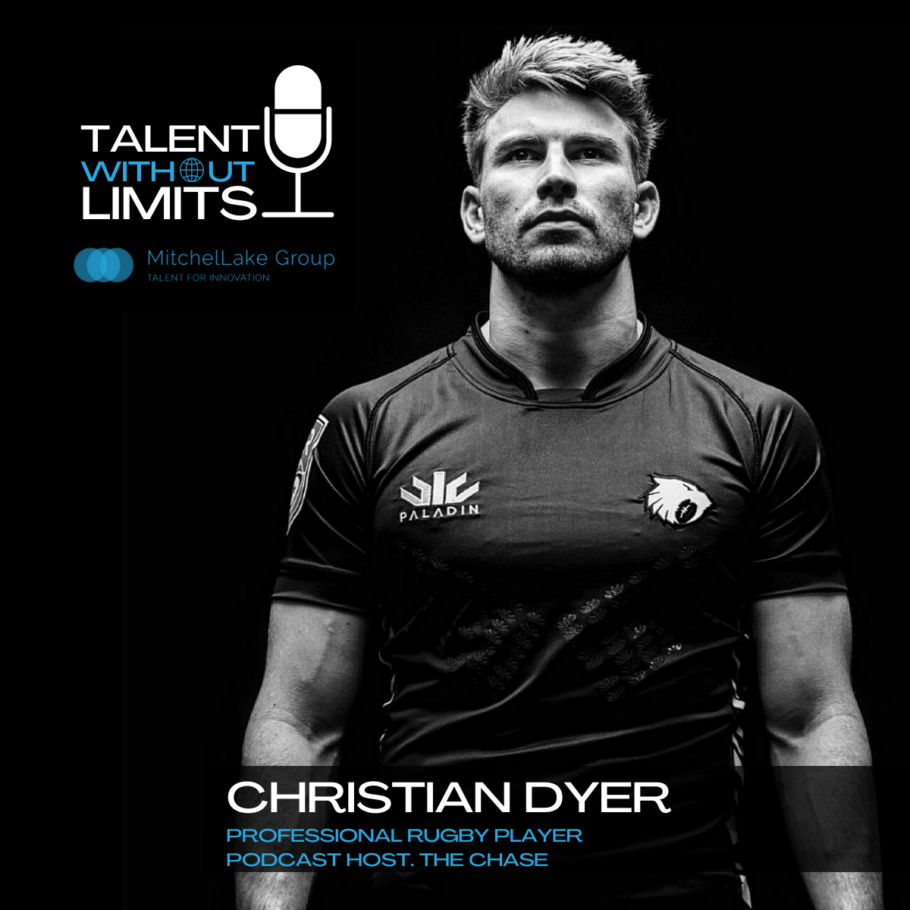Side Hustle: Leaders in Tech, On and Off the Clock (Pt. 1 – Evelyn Cordner) Posted at 0:00, Wed, 10 October 2018 in Profiles
A series of interviews that highlight successful people in tech and the things they do outside of work.
Evelyn Cordner: Ultra-Marathoner
Evelyn Cordner is the Head of Engineering at Storr, a stealth consumer startup backed by Craft Ventures, Abstract Ventures, the former CEO of Neiman Marcus, the former CEO of Macys.com, Alex Rodriguez, Elyse Walker, Phil Jackson, and executives from Apple and Google.
Storr is working with 60+ global brands like Chanel, Ray-Ban, and James Perse on a product that has been called the next evolution of commerce. Storr has created an ad-free model that drives significant revenue for users and charities. Prior to this, she was the Lead Engineer and Manager on the Growth team at cycling and running app company, Strava.
In the tech industry, we’ve seen the relentless drive of entrepreneurs who have set their sights on starting a company, growing it and selling it. Both those who have succeeded and failed have said that this experience was one of the biggest challenges of their lives. Evelyn Cordner set her sights on startup success when she accepted a role as a founding member and Head of Engineering at Storr earlier this year. On the side, Evelyn is an ultra-marathoner.
That means she runs a lot of miles and often at distances longer than a regular marathon. While it’s easy to equate the stamina and the drive needed to succeed in startups with what is needed to run these types of distances, Evelyn sees her hobby as a way to adventure and give herself a refresh from work.
Last month, she set out to run a 165-mile trail around Lake Tahoe. The Tahoe Rim Trail is a 165-mile single track trail (with 24,400 feet of elevation) that covers the circumference of Lake Tahoe. Organizing a group of family and friends for transportation, aid stations and crew support for the latter miles of the run, Evelyn completed 170 miles (includes some unforeseen detours) in 101 hours over 4.5 days which looked something like this:
- Day 1: 40 miles
- Day 2: 39 miles
- Day 3: 44 miles
- Day 4: 32 miles
- Day 5: 16 miles
Some people would call you crazy. What was your motivation to do this?
I recently trained to do the Squamish 50/50 (50-mile race on Day 1 and 50K race on Day 2) and I wanted to leverage the fitness that I had from that training. I’ve always wanted to do the Tahoe Rim Trail, and this was the perfect opportunity. It felt like a now or never situation. And yes, people tell me I’m crazy all the time but my friends and I decided that bravenotcrazy is a more positive hashtag for something like this.
How do you motivate yourself to do something like this?
I’ve learned that it’s in my nature to want to understand my limits and try to push them as far as I can.
Is this same tendency also reflected in the way you approach your career?
Yes. The Tahoe Rim Trail was a new experience for me in a lot of ways. I had no idea how my body and mind would hold up to multiple, back-to-back days of ultramarathons. Starting a company is the same. There are so many unknowns. But in both running and startups, the unknowns are what make it so exciting, and what makes the accomplishment so sweet.
You used to work at Strava; why did you originally decide to join Strava?
Before I became a software engineer I was a stock trader on Wall Street. I felt an emptiness in my career. I couldn’t tie my daily work to a positive impact on the world, and I was surrounded by others who felt the same. We were all just counting down the hours until the weekend. I found Strava in my search for meaningful work in a positive and supportive environment. I was so lucky to find what I was looking for. One of the main differences between Finance and Strava was that people in Finance would say “Happy Friday!” and people at Strava would say “Happy Monday!”. That kind of positive attitude was infectious.
Why did you leave all of that to join Storr?
I came across Storr as I was looking for my next set of unknowns. I have always been inspired by Strava’s founders and the stories they told about starting the company. I was itching to try that myself. Then I met Eric (Senn), Jason (Senn) and Torie (Crown). I became a believer in the product, and the positive impact it could have on the world. I was inspired by the team and the validation they’d already achieved on the business side. On the engineering side, I had a clean slate. It was an opportunity for me to build a collaborative, supportive, inclusive and diverse engineering team from the ground up. My goal for our team is that they come to work inspired, and feeling like they can be their authentic selves every day. It’s a lofty goal. Storr presented a fantastic opportunity to push my limits. I had to take it.
So when you’re out there running 165 miles, what are you thinking about?
Not work! I was in what I like to call “Survival Mode”. All my physical and mental energy was dedicated to getting myself from Point A to Point B. You have to focus on the basic human needs: nutrition, hydration, rest, physical and mental health, and community (I could not have done this without my friends and family). I find that mindset to be very therapeutic. It allows you to remove yourself from the screens and go back to a primal state.
How does coming off an adventure like this affect you when you return to work?
Honestly, it’s a bit of a culture shock. But I find it helps to come back and see the problems you were working on with a fresh set of eyes. Like how going for a run often helps me debug a problem with my code.
What’s the message that you think you are sending to people that work for you and around you?
I’ve seen so many people burnout from working at an early stage startup. We want our team to stay around and grow with us. That means taking care of themselves and their families. So I think it sets the example that we can take our vacation, allow ourselves to focus on goals outside of work, live a balanced life, and thus be more productive at work.
Do you feel that you were supported by your team and management team through this?
The team was really supportive and I loved emailing them at the end of the day and updating them on my progress on the trail. They told me how proud they were and rooted me along remotely.
What did you learn from this particular adventure that you brought home with you?
The Tahoe Rim Trail was one of the first times in my life where failure not only felt possible, but probable. When starting a company, failure is also probable. I learned that with the right team, and maybe some “survival” instincts, we might be able to beat the odds.
Do you think you’ll do something like this again?
I will definitely continue to look for new challenges in both running and my career.



